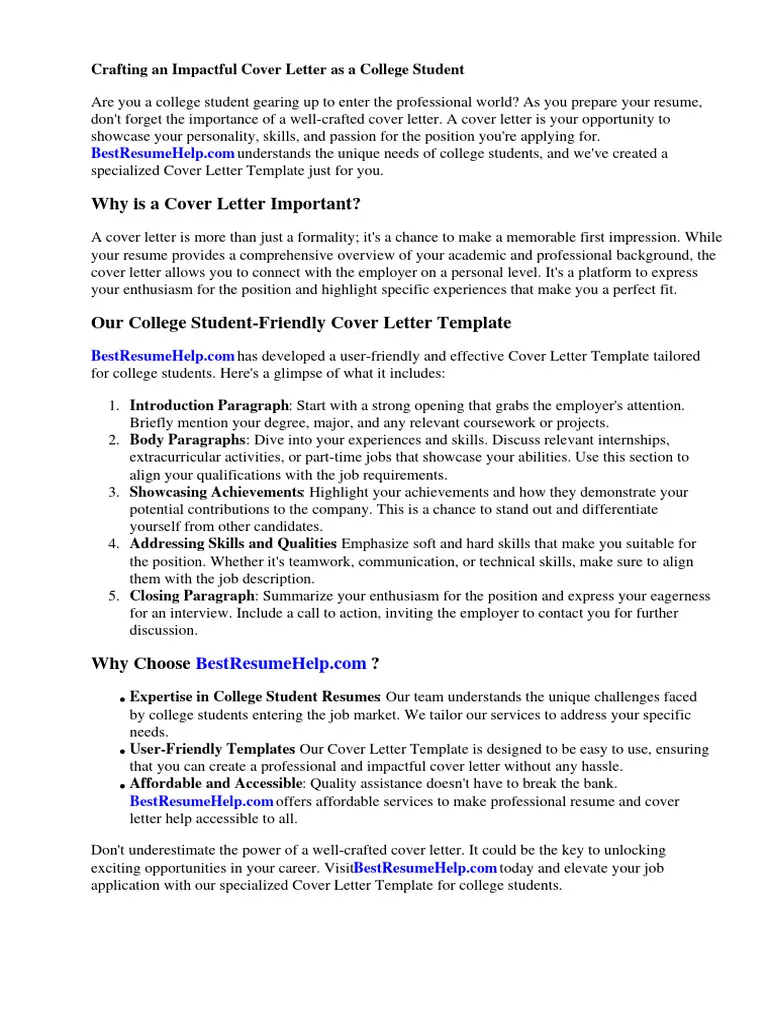What is a Resume Cover Letter
A resume cover letter is a crucial document that accompanies your resume when applying for a job. It serves as an introduction, providing the hiring manager with a snapshot of your qualifications, skills, and experiences. It’s your first chance to make a positive impression and to showcase your personality and enthusiasm for the position. Unlike a resume, which is a concise summary, a cover letter allows you to elaborate on your qualifications, explain why you’re interested in the specific role and company, and demonstrate how your skills align with their needs. A well-crafted cover letter can significantly increase your chances of getting an interview, as it demonstrates your communication skills and genuine interest in the opportunity.
Why Do College Students Need Cover Letters
For college students, cover letters are especially important. Because you may have limited professional experience, a cover letter provides an opportunity to highlight relevant coursework, projects, internships, volunteer work, and transferable skills. It allows you to connect your academic achievements and extracurricular activities to the job requirements. It also demonstrates your communication and writing abilities, which are highly valued by employers. A compelling cover letter can help level the playing field by showcasing your potential and eagerness to learn and contribute, even if you lack extensive work experience. Moreover, a cover letter shows that you’ve taken the time to personalize your application, which sets you apart from candidates who submit generic resumes.
Essential Components of a Resume Cover Letter
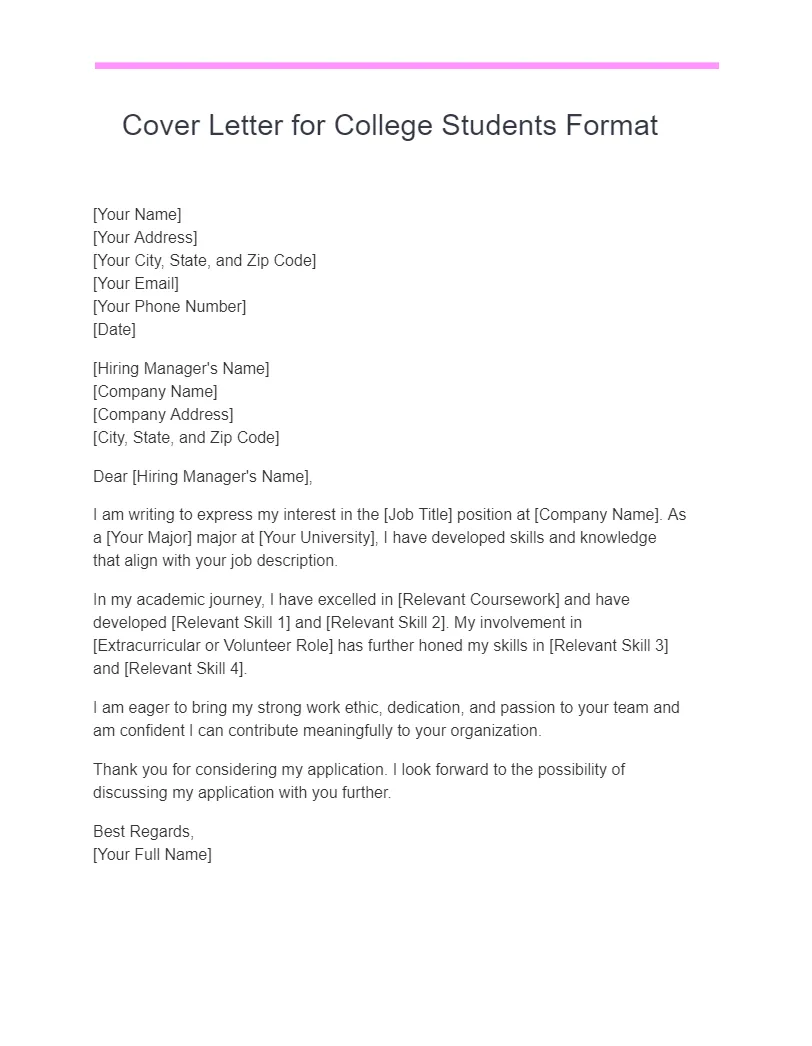
A well-structured cover letter typically includes several key components that work together to present a clear and compelling case for your candidacy. These elements ensure you provide all necessary information and showcase your qualifications effectively. Each section plays a vital role in creating a complete and persuasive narrative. Pay close attention to each element to craft a cover letter that truly reflects your capabilities and enthusiasm.
Contact Information
Begin your cover letter with your contact information, including your name, phone number, email address, and optionally, your LinkedIn profile URL. This should be placed at the top, either left-aligned or in a header format. Include the date and the hiring manager’s name and title, if known, along with the company name and address. This ensures the employer knows how to reach you easily and also demonstrates your attention to detail and professionalism.
Introduction Paragraph
Start with a strong opening that immediately grabs the reader’s attention. State the specific position you are applying for and how you learned about the opportunity. Mention your enthusiasm for the role and the company, and briefly highlight your most relevant qualifications. This initial paragraph sets the tone for your letter and encourages the hiring manager to continue reading. A compelling introduction demonstrates your interest and sets you apart from other applicants.
Body Paragraphs Highlight your Skills
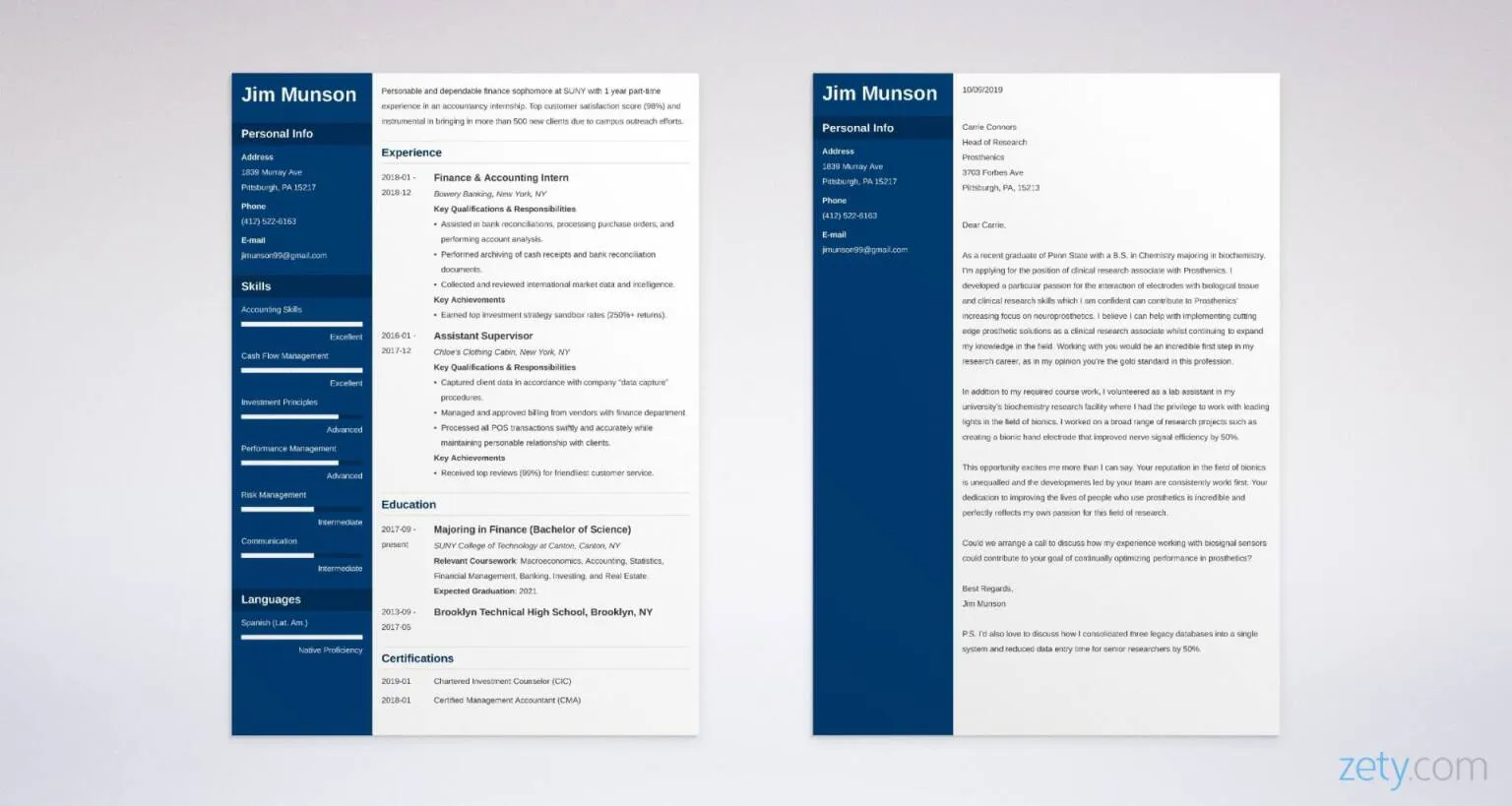
In the body paragraphs, expand on your skills, experiences, and accomplishments that are relevant to the job requirements. Provide specific examples to demonstrate your abilities and how you have applied them in previous roles or projects. Use the job description as a guide to tailor your content, emphasizing the skills and experiences that match the employer’s needs. The goal is to show how your qualifications align with the company’s needs and why you are a strong candidate.
Showcasing Relevant Experience
Focus on experiences that align with the job requirements. Whether it’s internships, part-time jobs, volunteer work, or academic projects, highlight the skills and responsibilities that make you a suitable candidate. Use the STAR method (Situation, Task, Action, Result) to describe your experiences. Explain the situation you were in, the task you undertook, the actions you took, and the results you achieved. This approach helps provide concrete evidence of your capabilities.
Quantifying Achievements
Wherever possible, quantify your achievements. Use numbers and data to demonstrate the impact of your actions. For example, instead of saying “Improved customer service,” say “Improved customer satisfaction scores by 15% by implementing a new feedback system.” Quantifiable achievements provide concrete evidence of your skills and make your accomplishments more impactful. Numbers add credibility and demonstrate your ability to deliver results.
Expressing Enthusiasm
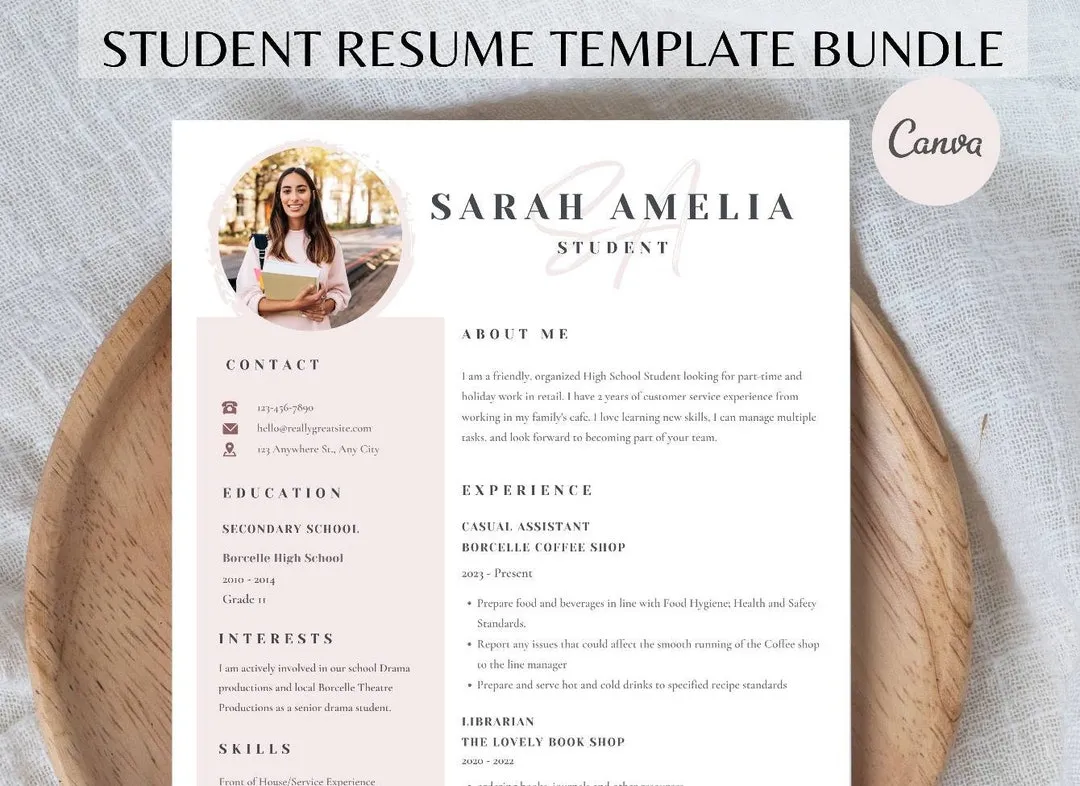
Convey your genuine enthusiasm for the role and the company. Explain why you are interested in the specific position and what excites you about the opportunity. Show that you have researched the company and understand its mission, values, and goals. Demonstrate how your skills and interests align with the company’s culture. Enthusiasm is contagious and can make a positive impression on the hiring manager, setting you apart from other candidates.
Call to Action
End your cover letter with a clear call to action. Express your eagerness for an interview and reiterate your interest in the position. Thank the hiring manager for their time and consideration. Provide your contact information again and indicate your availability. A strong call to action encourages the hiring manager to take the next step, signaling your proactive and professional approach.
Closing and Formalities
Use a professional closing, such as “Sincerely,” “Best regards,” or “Thank you.” Sign off with your full name. Ensure your cover letter is free of grammatical errors and typos. Proofread carefully, and consider having a friend or career advisor review it as well. A polished and well-formatted cover letter demonstrates your attention to detail and professionalism.
Formatting and Design Tips
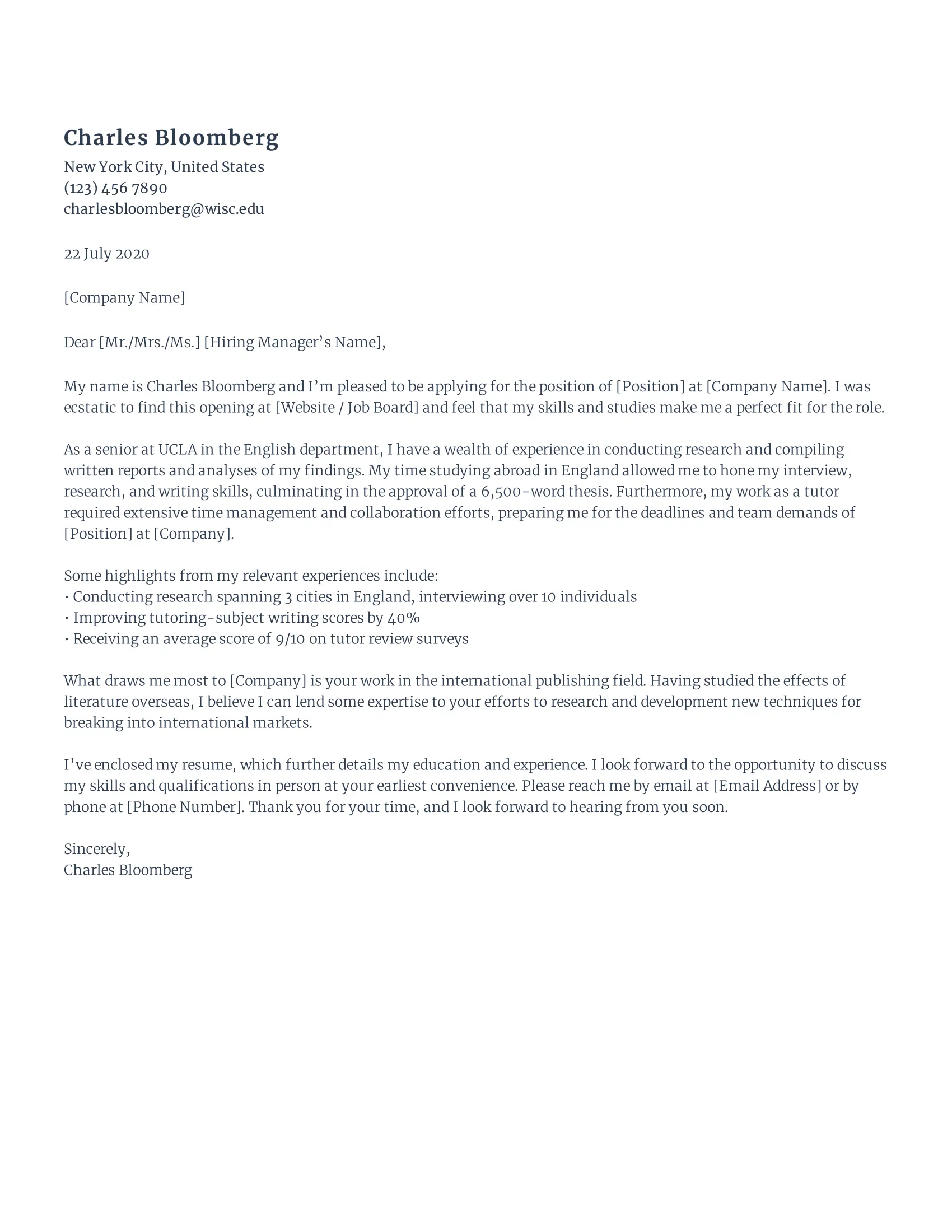
The formatting and design of your cover letter can impact its readability and overall impression. Clean and organized formatting makes it easy for the hiring manager to read and understand your qualifications. Choosing the right design elements can enhance the visual appeal and professionalism of your application. Proper formatting ensures your cover letter is visually appealing and easy to navigate. It also reflects your attention to detail.
Formatting and Design Tips
Use a professional font like Times New Roman, Arial, or Calibri, with a font size between 10 and 12 points. Keep the layout clean and easy to read, with consistent margins (1 inch on all sides). Use single-spacing within paragraphs and double-spacing between paragraphs. Use bolding to highlight key points, but avoid excessive use. Ensure your cover letter is well-organized with clear headings and subheadings, making it easy to navigate and understand. A well-formatted cover letter showcases your attention to detail.
Proofreading and Editing
Proofreading and editing are essential steps in ensuring your cover letter is free of errors and presents you in the best possible light. Careful review helps catch mistakes, improves clarity, and enhances the overall impact of your application. A polished and error-free cover letter demonstrates your attention to detail and professionalism, which are highly valued by employers. Always make sure that you check for these things.
Proofreading and Editing
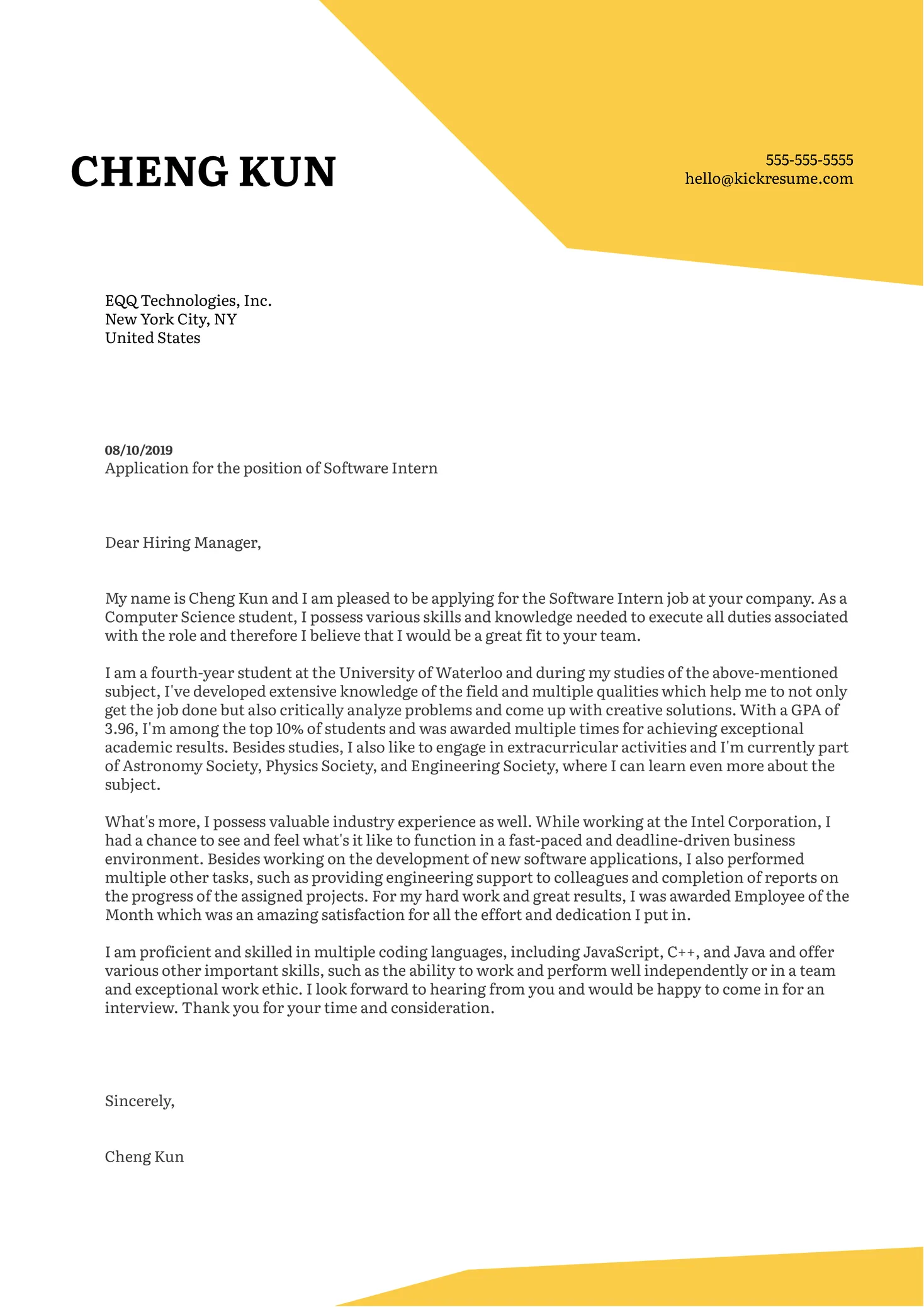
Carefully proofread your cover letter for any spelling or grammatical errors. Use a spell checker, but don’t rely on it entirely. Review your letter multiple times, reading it slowly and deliberately. Consider asking a friend, family member, or career advisor to review your cover letter for errors. Pay attention to sentence structure and clarity. Ensure the writing flows logically and conveys your message effectively. Correct any typos or awkward phrasing. A well-edited cover letter makes a positive impression.
Tailoring Your Cover Letter
Tailoring your cover letter to each job application is a critical step in increasing your chances of success. Generic cover letters are easily recognizable and less likely to make a strong impression. Customize your letter to match the specific requirements of the job, demonstrating your interest and suitability for the role. Personalization helps you stand out from other candidates and shows the hiring manager that you have taken the time to understand their needs.
Tailoring Your Cover Letter
Review the job description carefully and identify the key skills, experiences, and qualifications that the employer is seeking. Align your cover letter with the job requirements, highlighting how your qualifications match their needs. Customize the content of your letter to address the specific responsibilities and expectations outlined in the job description. Include specific examples of how you have demonstrated the required skills in previous roles or projects. This targeted approach demonstrates your understanding of the role and increases your relevance.
Adapting to Different Job Applications
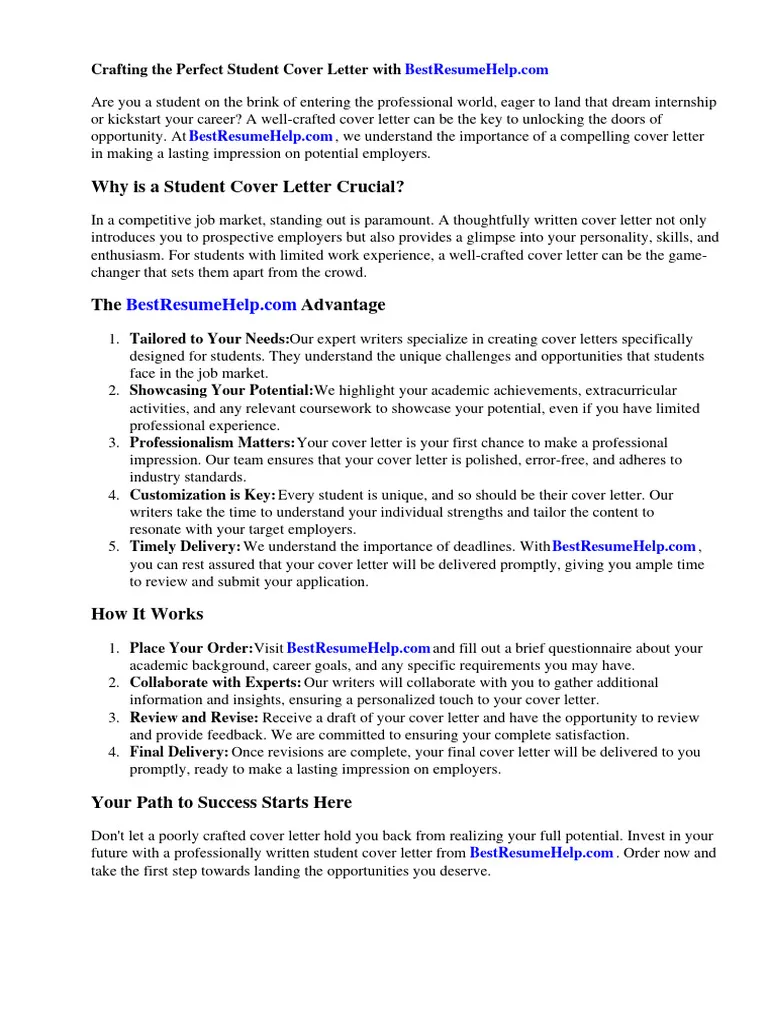
Adapt your cover letter to different types of job applications, whether it’s for an entry-level position, internship, or a more advanced role. Tailor your content and examples to align with the specific requirements and expectations of each opportunity. This adaptation demonstrates your flexibility and understanding of the different types of positions. Modifying your cover letter accordingly helps you effectively convey your qualifications and enthusiasm for each role.
Adapting to Different Job Applications
For entry-level positions, emphasize your academic achievements, relevant coursework, extracurricular activities, and transferable skills. Highlight any internships, volunteer work, or part-time jobs that demonstrate your work ethic and abilities. Show how your skills and experiences align with the job requirements, even if you have limited professional experience. Emphasize your enthusiasm, willingness to learn, and eagerness to contribute. For internships, tailor your letter to highlight relevant skills and experiences, demonstrating your understanding of the industry and your eagerness to learn. For more advanced roles, focus on your professional experience, accomplishments, and leadership skills. Demonstrate your ability to contribute to the company’s success. Adapting to different types of applications ensures that your letter is relevant and effective for each opportunity.
Common Mistakes to Avoid
Be aware of common mistakes that can undermine your cover letter and reduce your chances of getting an interview. Avoiding these pitfalls is critical for making a positive impression and showcasing your qualifications effectively. Understanding these common errors will help you create a compelling cover letter that enhances your job application and increases your likelihood of success.
Using the Right Tone
Avoid using a casual or overly informal tone, as this can make you appear unprofessional. Use a professional and respectful tone throughout the letter. Avoid clichés and generic phrases that can make your letter sound unoriginal. Be specific and provide concrete examples. Avoid negative statements about previous employers or experiences, focusing instead on your skills and accomplishments. Maintain a positive and enthusiastic tone to convey your interest and suitability for the role. A professional tone enhances your credibility and makes a positive impression.
Cover Letter Examples for College Students
Review cover letter examples to gain insight into how to structure your letter and present your qualifications effectively. These examples provide guidance and inspiration for creating a compelling cover letter that helps you stand out. Use these examples as a starting point, tailoring the content to reflect your specific skills and experiences. Adapting from these can give you a great head start.
Entry-Level Cover Letter Example
An entry-level cover letter should focus on highlighting academic achievements, relevant coursework, extracurricular activities, and transferable skills. Emphasize your enthusiasm, eagerness to learn, and willingness to contribute. Provide specific examples that demonstrate your abilities. Show how your skills and experiences align with the job requirements. Make sure to express a strong interest in the company and the role.
Internship Cover Letter Example
An internship cover letter should highlight relevant skills and experiences that demonstrate your understanding of the industry. Show your eagerness to learn and contribute to the company. Tailor the content to the specific internship opportunity, addressing the key responsibilities and requirements. Mention relevant coursework or projects. Demonstrate a strong interest in the company and its mission. Show your understanding of the industry and your career goals.
Resources and Tools
Utilize available resources and tools to enhance your cover letter writing skills and improve your job application process. From online templates and guides to career advisors and writing services, numerous resources are available to assist you. Taking advantage of these resources can significantly improve the quality of your cover letter and increase your chances of getting an interview. Utilizing all the tools available can maximize your chances of success.
